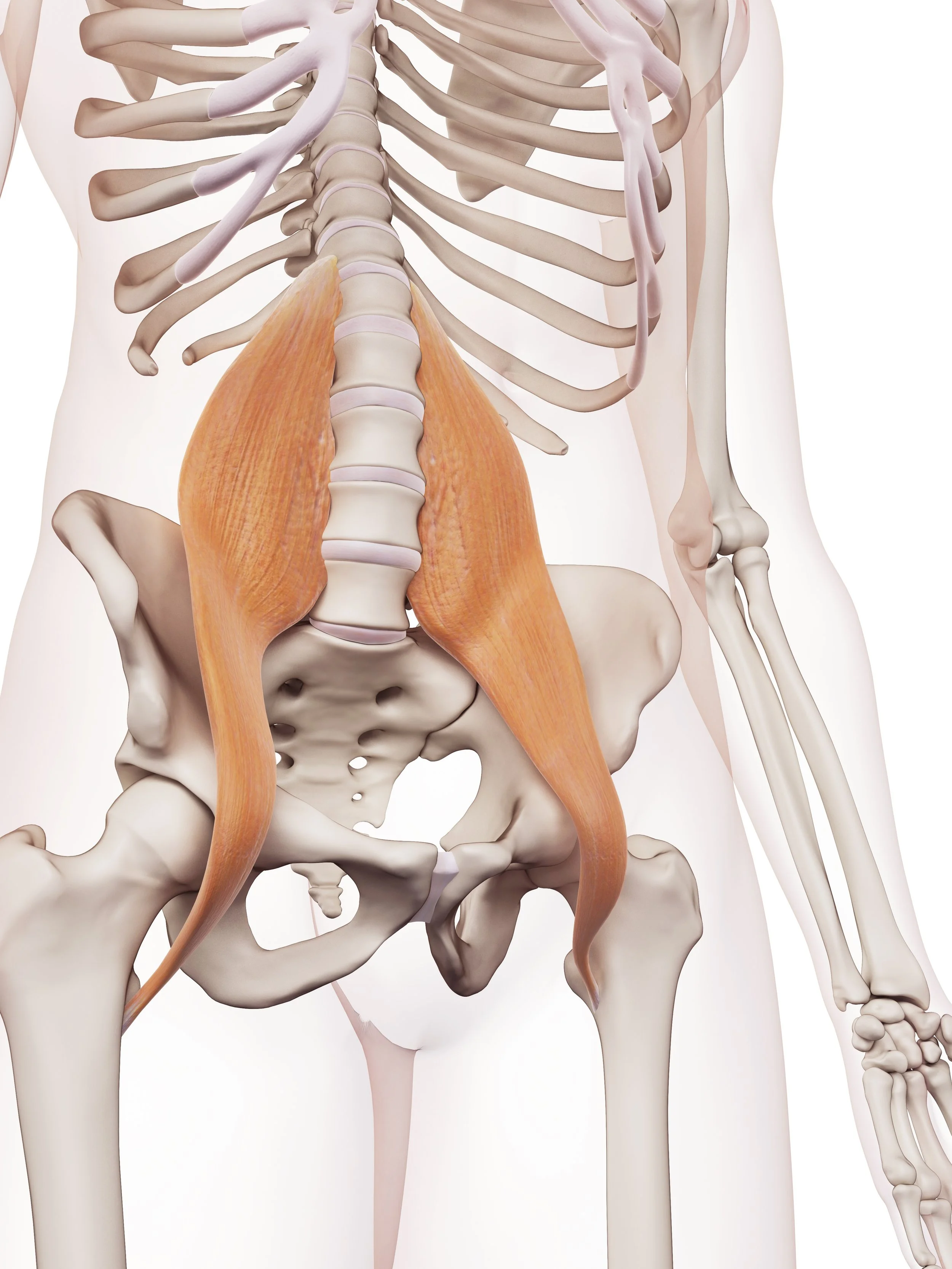The following blog is the second part of the shoulder blog from July 11,2020.
If your shoulder is creating issues for you, please be sure to check in with your local provider. Not all of these following exercises or at home activities are appropriate for everyone. If you have any questions, please feel free to reach out to the office at (507) 263-2393 and schedule at appointment or email me at bwclinic.kaila@gmail.com
First-
Wall Ball Circles. I really like this activity because it makes the shoulder work together and if you are doing it correctly, it really fires shoulder depressor muscles which I have found more and more underactive ones in our recent patient population.
What you will need:
A ball- tennis ball, deflated basketball or volleyball will work too. You could use a small exercise ball, but those tend to be a bit heavier and more difficult.
A wall- any wall that is at least shoulder height.
How:
Standing with your shoulders and hips parallel to the wall.
Stand far enough away from the wall that you can hold the ball between your hand and the wall comfortable without compromising the parallel position of your shoulders and hips.
With a tall, shoulder down and slightly back, start with some small clockwise circles.
After about 10 small clockwise circles, try about 10 counterclockwise circles.
Progression to larger clockwise and counterclockwise circles can be made.
When to stop:
If you are experiencing any shooting pain that radiates or causes any numbness or tingling.
If you are experiencing pain greater than 6/10.
If you are unsure you are doing it correctly.
Follow the following link for a short YouTube video!
Second-
Elbow Press Downs. I like this exercise for firing the shoulder depressors as well as creating a stretching sensation on the top of the shoulder into the neck.
What you will need:
Chair with a back for starters, without a back as you progress
1 elbow 1 shoulder- connected usually works best :)
How:
While sitting in a tall upright positing, imagine a squishy ball beneath your elbow
Press your elbow straight down into that squishy ball
Hold for about 3 seconds
Repeat
When to stop:
If you are experiencing any shooting pain that radiates or causes any numbness or tingling.
If you are experiencing pain greater than 6/10.
If you are unsure you are doing it correctly.
Follow the following link for a short YouTube video!
These are just two exercises/ daily at home activities that I really like for some shoulder care. Again, these don’t work for everyone and if you are in pain or dysfunction, please do not hesitate to visit a provider.
Visit our YouTube Channel for some additional at home activities!
Bruggers- https://www.youtube.com/watch?v=uH3FV3f7lBY
Neck Retractions- https://www.youtube.com/watch?v=3bzqsoWABtg
Enjoy!






